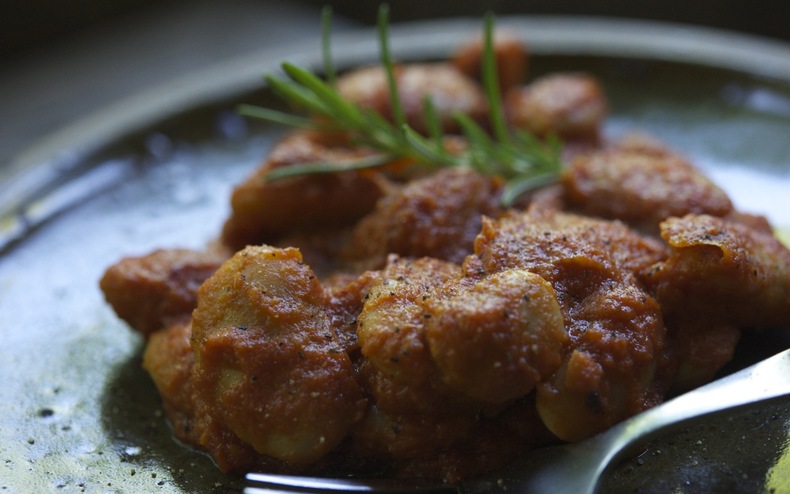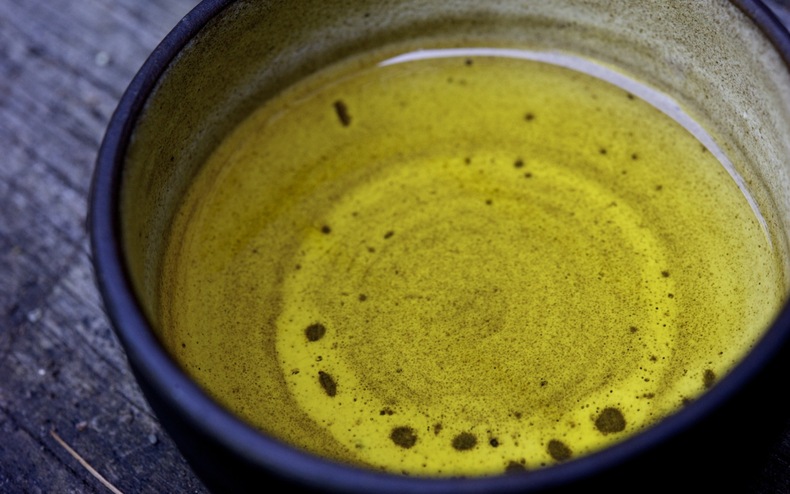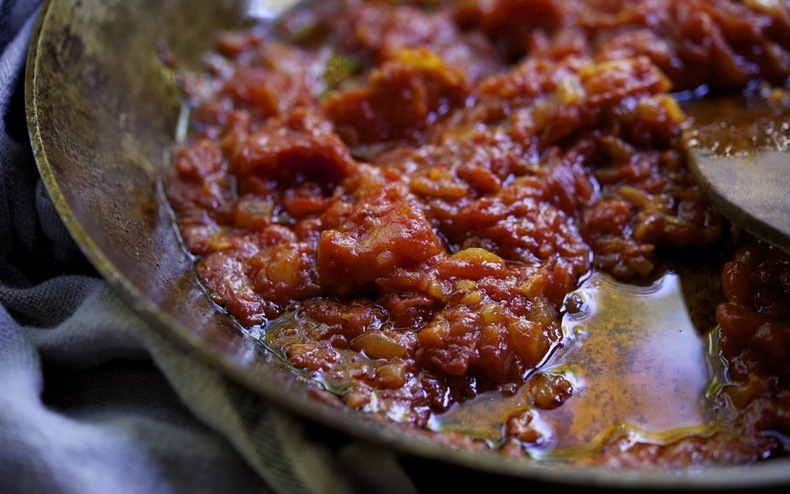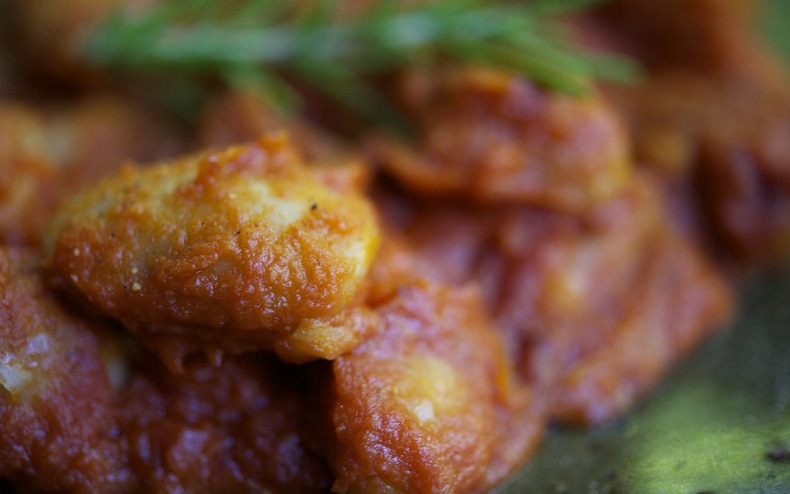6.3.14 Oil Slick

Although you might not think of it this way, olive oil is essentially a fresh fruit juice and thus is fairly fragile. It needs to be extracted in a process that doesn't involve nutrient-damaging heat ("cold pressed") and it has to be properly bottled and stored to protect it from air, light and extreme temperatures. Finally, it should be consumed fairly quickly, generally within a year or two of production. Without all of these protections, olive oil (and all high quality oils, really) can quickly turn rancid, developing an off taste that some people liken to crayons or old peanuts (I swear) and a greasy mouthfeel. (For more horifying facts, see this.) The sad truth is that the average American has grown accustomed to consuming rancid oils because that is what is predominantly available. Intrigued? Read all about it in Tom Mueller's excellent Extra Virginity: The Sublime and Scandalous World of Olive Oil. If you don't have time for that, just be sure the olive oil you buy has been produced and cared for with integrity.

In the early 1980s, long before fair trade had reached the mainstream, Emile Noël developed equitable commercial relationships with sesame growers in Africa and they now have award-winning fair trade programs for sesame, shea, hazelnuts and argan. They were also the first oil producer to press organically grown ingredients. Their respectful and meticulous approach shines through and results in a truly superior and very delicious product.
The 34-ounce bottle of "Robust" Olive oil I tried was cold-extracted from more than 12 pounds of several varieties of ripe olives (such as Picuda), giving it a balanced fruitiness with fresh-fruit aromas. Emile Noël recommends this more intensely flavored oil for dips and dressings and to finish vegetables, pastas and soft white cheeses. There are other instances when I like a more pronounced flavor in cooking, and a rich tomato sauce is one.



Gigante Beans in Tomato Sauce
- — 5 tablespoons olive oil
- — 1 medium yellow onion, peeled and diced
- — 1 large clove garlic, minced
- — 1 teaspoon salt
- — 1/8 teaspoon red chile flakes
- — 1/2 teaspoon ground toasted fennel seeds, optional
- — One 28-oz can whole peeled plum tomatoes
- — 1 teaspoon sugar
- — 1 tablespoon sherry vinegar
- — Two 4" sprigs fresh rosemary
- — 3 cups cooked gigante beans
- — Parmesan shavings for garnish
In a large skillet over medium-high heat, warm olive oil and add onion and garlic. Cook, stirring often, until golden, about 10 minutes, then stir in salt, red chile flakes and ground fennel, if using. Cook for another minute before adding tomatoes and their juice. Using a wooden spoon or spatula, break up tomatoes as they cook. Mixture should be bubbling vigorously; adjust heat as needed. Stir in sugar and sherry vinegar and cook until liquid has evaporated and tomatoes are completely fallen apart, about 15 minutes.
Remove from heat and cool slightly before transferring to a food processor or Vitamix. Puree until completely smooth. Taste and add salt if needed.
Press tomato sauce through a fine mesh strainer into a bowl, discarding any solids.
Transfer sauce back to skillet along with rosemary sprigs and reheat over medium heat. Stir in gigante beans and warm, about 12 minutes, stirring to coat thoroughly with sauce. Remove rosemary before serving.
Divide between shallow bowls and sprinkle with a little flaky sea salt and a few shavings of Parmesan. Enjoy!
 Download Recipe
Download Recipe






6 Comments